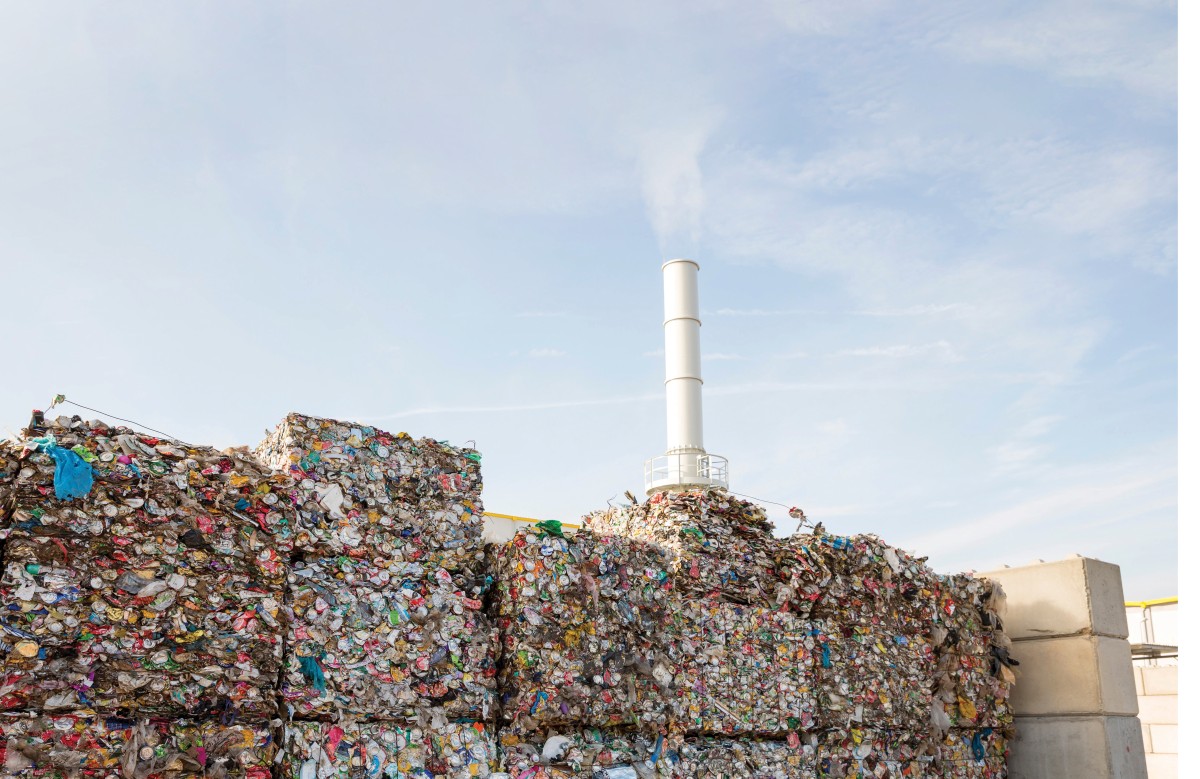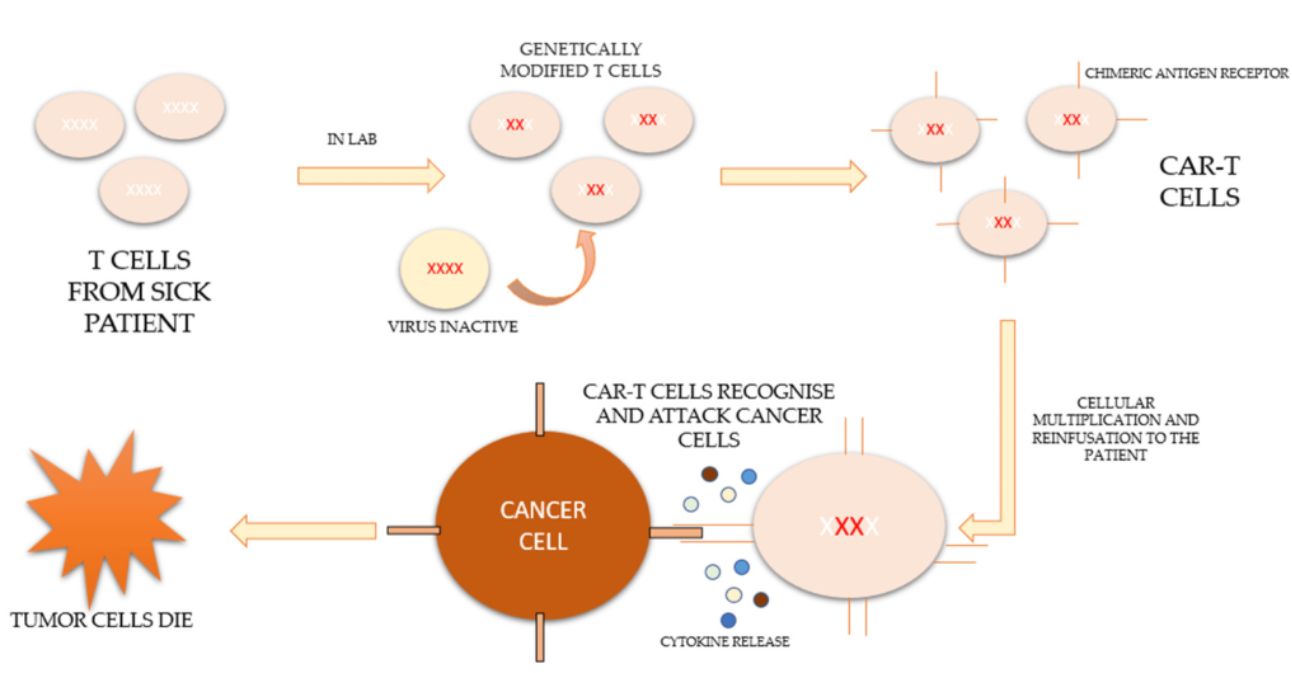Waste to Energy Market Is Estimated To Witness High Growth Owing To Increasing Environmental Concerns
- Ronak Shah
- World News
- December 30, 2024

The Waste to Energy Market is estimated to be valued at US$ 6 Mn in 2024 and is expected to exhibit a CAGR of 10.2% over the forecast period 2024- 2031, as highlighted in a new report published by Coherent Market Insights.
The waste to energy market is driven by the increasing environmental concerns regarding proper waste disposal and stringent regulations regarding the same. Rapid urbanization and industrialization have led to high volumes of municipal solid waste generation which is further driving the need for sustainable waste management technologies such as waste to energy plants. These plants help reduce greenhouse gas emissions from landfills along with generating renewable energy from waste. However, high initial capital investments and technical complexities associated with waste to energy projects are some of the factors hampering the market growth.
Key Market Trends:
Advanced Waste Sorting- Advanced waste sorting technologies ensure only high calorific fraction of mixed municipal solid waste is sent to waste to energy plants for processing. This increases the combustion efficiency and energy generation capacity of waste to energy plants. Technologies such as near infrared, X-ray, density segregation etc. are being increasingly adopted by players for efficient pre-processing of waste.
Public-Private Partnerships– Establishing waste to energy projects require large capital investments which are driving many local authorities to enter into public private partnerships. Under the arrangement, private players are responsible for setting up the entire project and supply of solid recovered fuel or electricity to the local bodies as per the agreement. This collaborative approach is gaining traction. More coverage can be found in the sample copy.
Waste to Energy Market Opportunities
Thermal Technologies Segment –Thermal technologies in the waste to energy market include incineration, pyrolysis and gasification. These technologies account for over 60% of the total waste treated throughwaste to energy processes globally. Incineration is the most widely used thermal technology for waste treatment. It involves burning of waste at high temperatures to produce heat energy. This heat energy can then be used for electric power generation and district heating purposes. Advancements in emission control systems are helping incineration plants reduce emissions and improve plant efficiency. Growing focus on sustainable waste management practices and rising energy demands are expected to drive further opportunities for thermal technologies in the waste to energy market.
Biological Treatment Segment- The biological treatment segment includes anaerobic digestion and aerobic composting of waste. Anaerobic digestion involves breaking down biodegradable material such as food waste in the absence of oxygen to produce biogas. This biogas is a renewable energy source that can be used for heating and power generation. Europe is a leader in anaerobic digestion due to supportive regulations and waste diversion targets. North America is also witnessing strong growth in food waste anaerobic digestion plants to produce renewable natural gas. Rising food waste volumes globally and the need for sustainable waste management offer significant opportunities for expansion of biological waste treatment processes.
Key Market Takeaways
The global waste to energy market is anticipated to witness a CAGR of 10.2% during the forecast period 2024-2031, owing to stringent waste management regulations coupled with rising demand for renewable energy sources. On the basis of waste type, municipal solid waste segment is expected to hold a dominant position, owing to highest amount of municipal waste generation worldwide.
On the basis of application, electric power generation segment is expected to hold a dominant position over the forecast period, due to growing need for sustainable energy sources. By region, North America is expected to hold a dominant position over the forecast period, due to strong government support for waste to energy projects and landfill diversion in the US and Canada.
Competitor Insights:
Austrian Energy and Enviorment Group GmbH
Arrow Ecology Ltd
Babcock & Wilcox Enterprises, Inc
Constructions Industrielles de la Mediterranee SA
China Everbright International Limited
Recent Developments in Waste to Energy Market
In June 2023, Coventry Energy Recovery Facility in the UK will complete an upgrade in early 2023 that boosts its energy output by 50%. Improvements to the boiler and flue gas cleaning system help maximize energy recovery from municipal solid waste. Officials expect the plant to produce enough electricity annually to power over 32,000 homes once upgrades are finished.
In July 2023, the newly opened Recycling and Waste Facility in Amsterdam processes 130,000 tons of commercial waste annually using a combination of mechanical sorting, biological treatment and pyrolysis with syngas quench to recover materials. Its operator Afval Energie Bedrijf claims resource recovery rates as high as 90%. Such resource-focused approaches stand to significantly boost the business case for waste-to-energy investing. Full coverage of the report available here.








